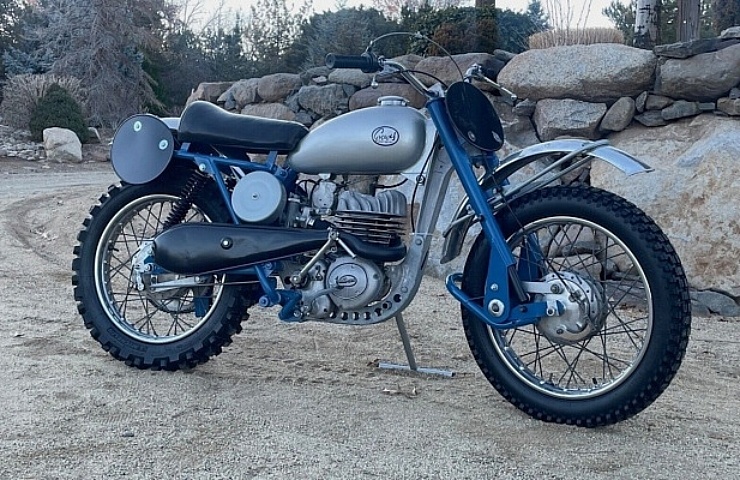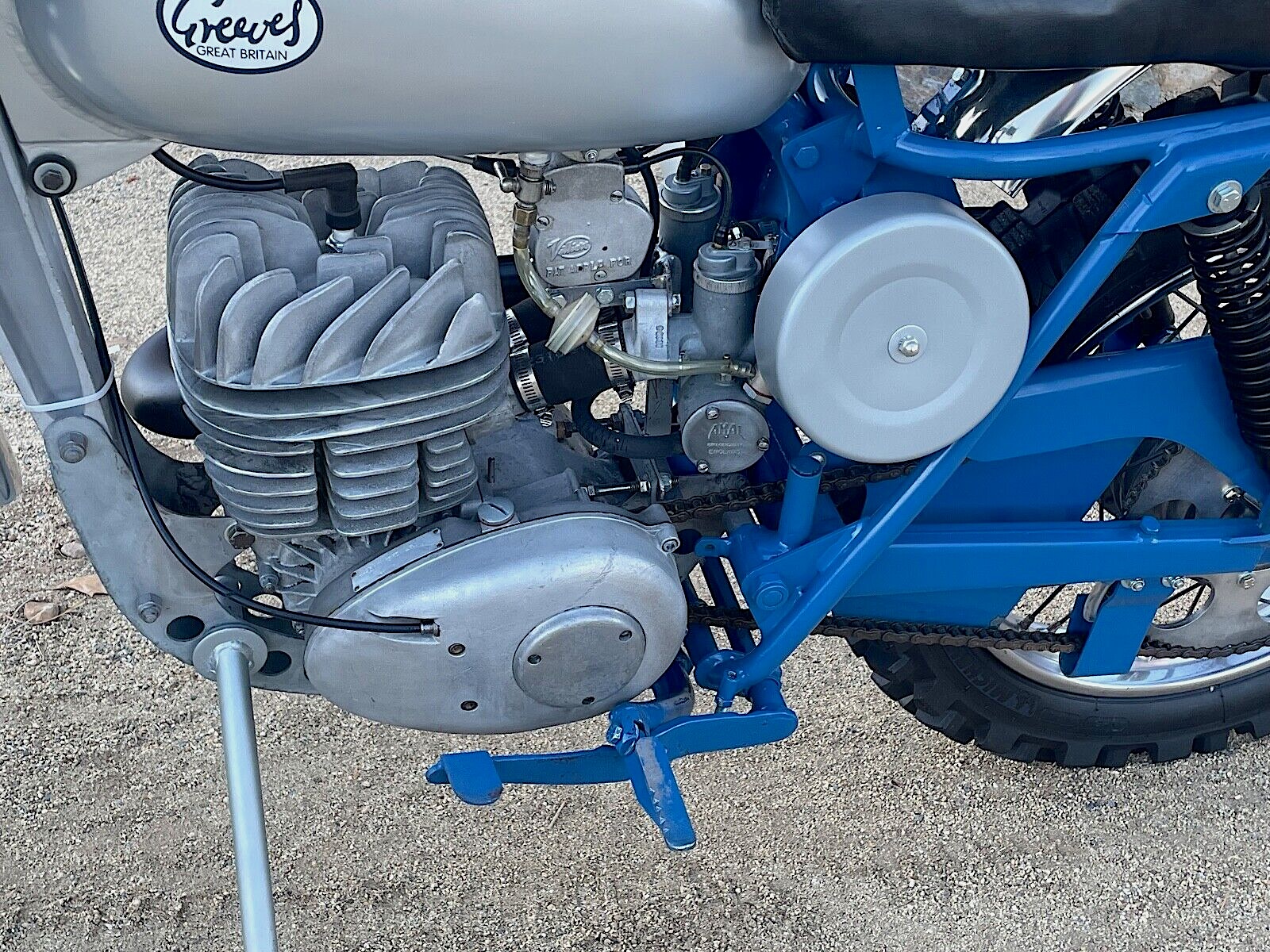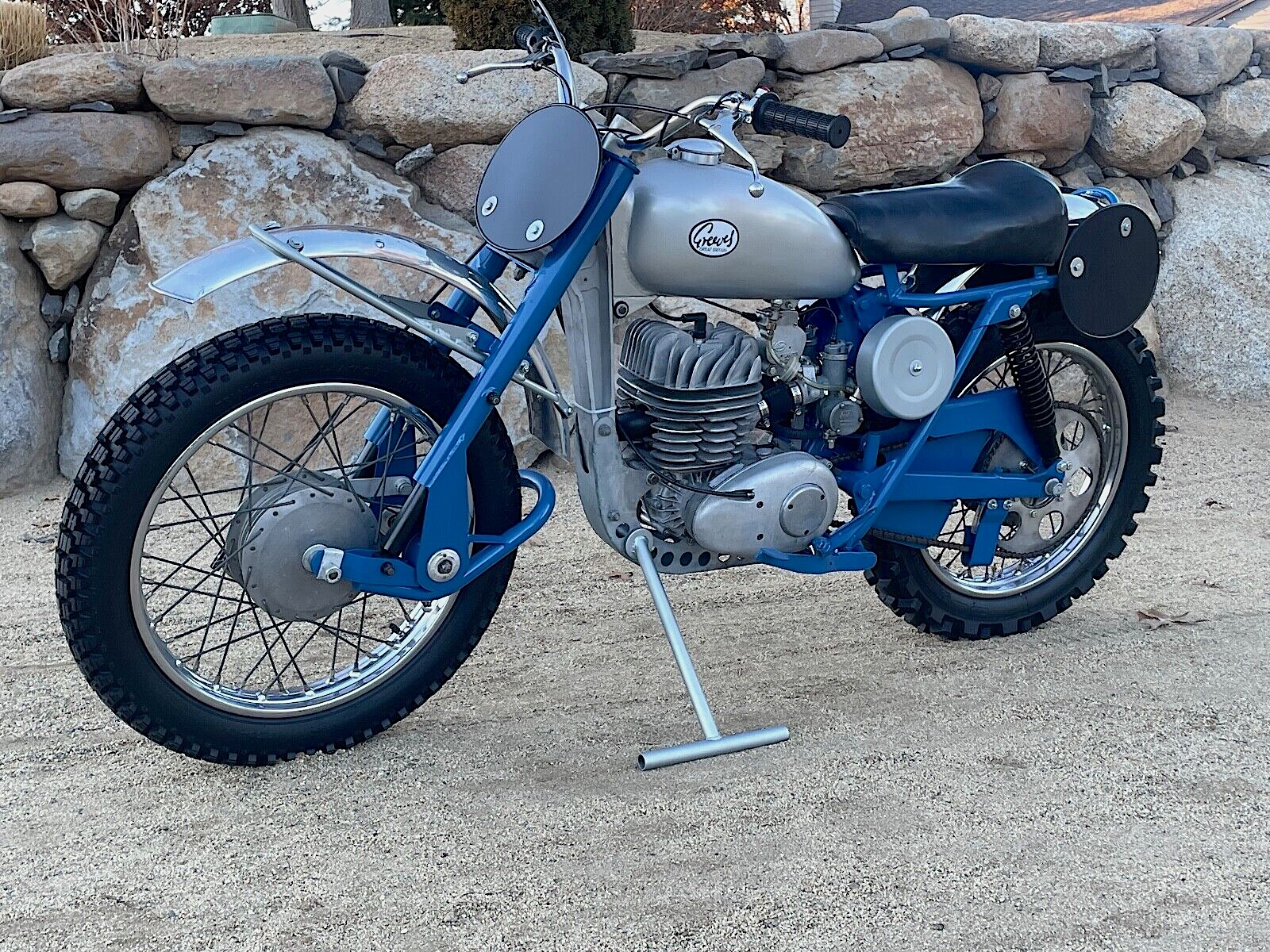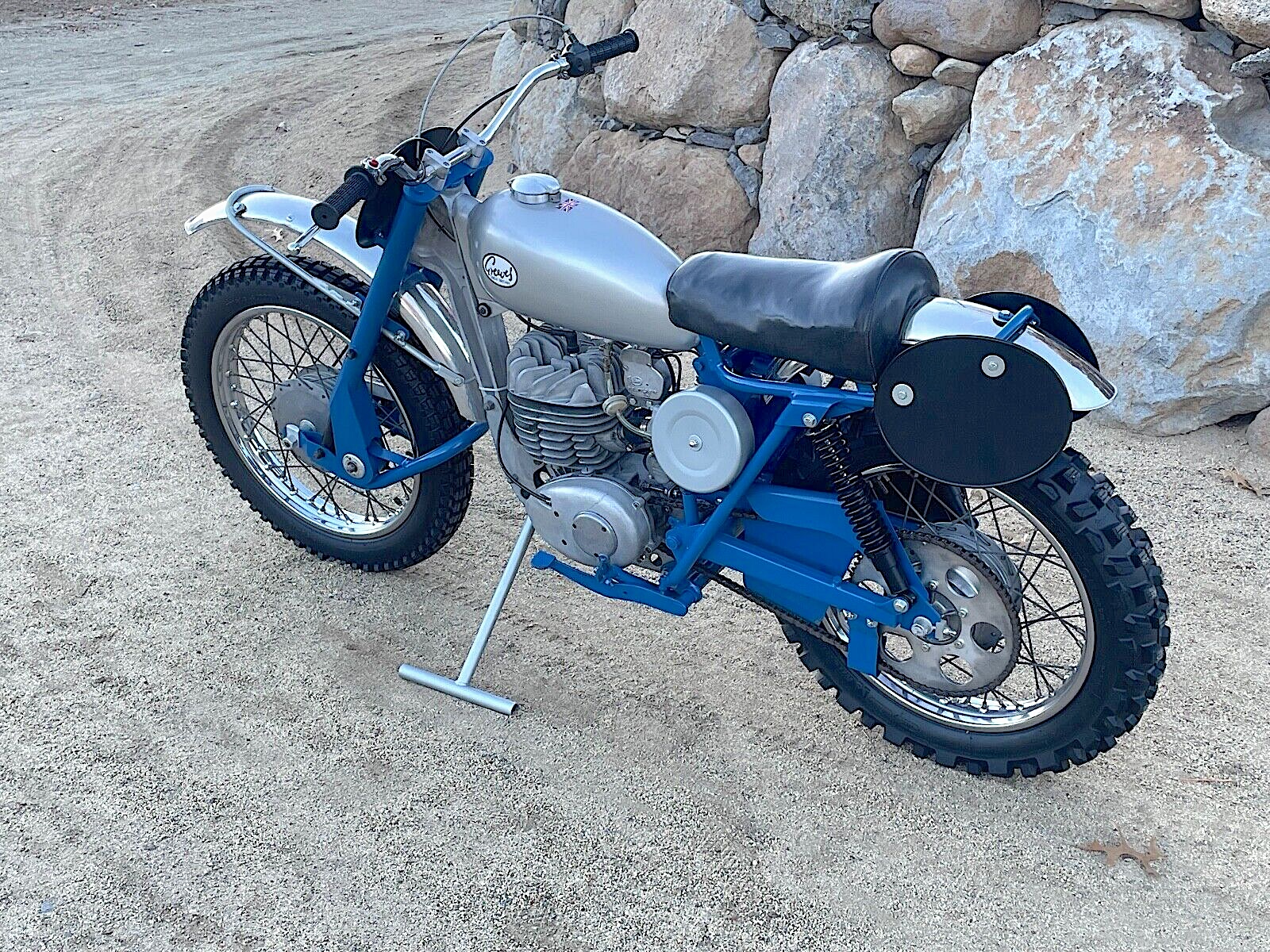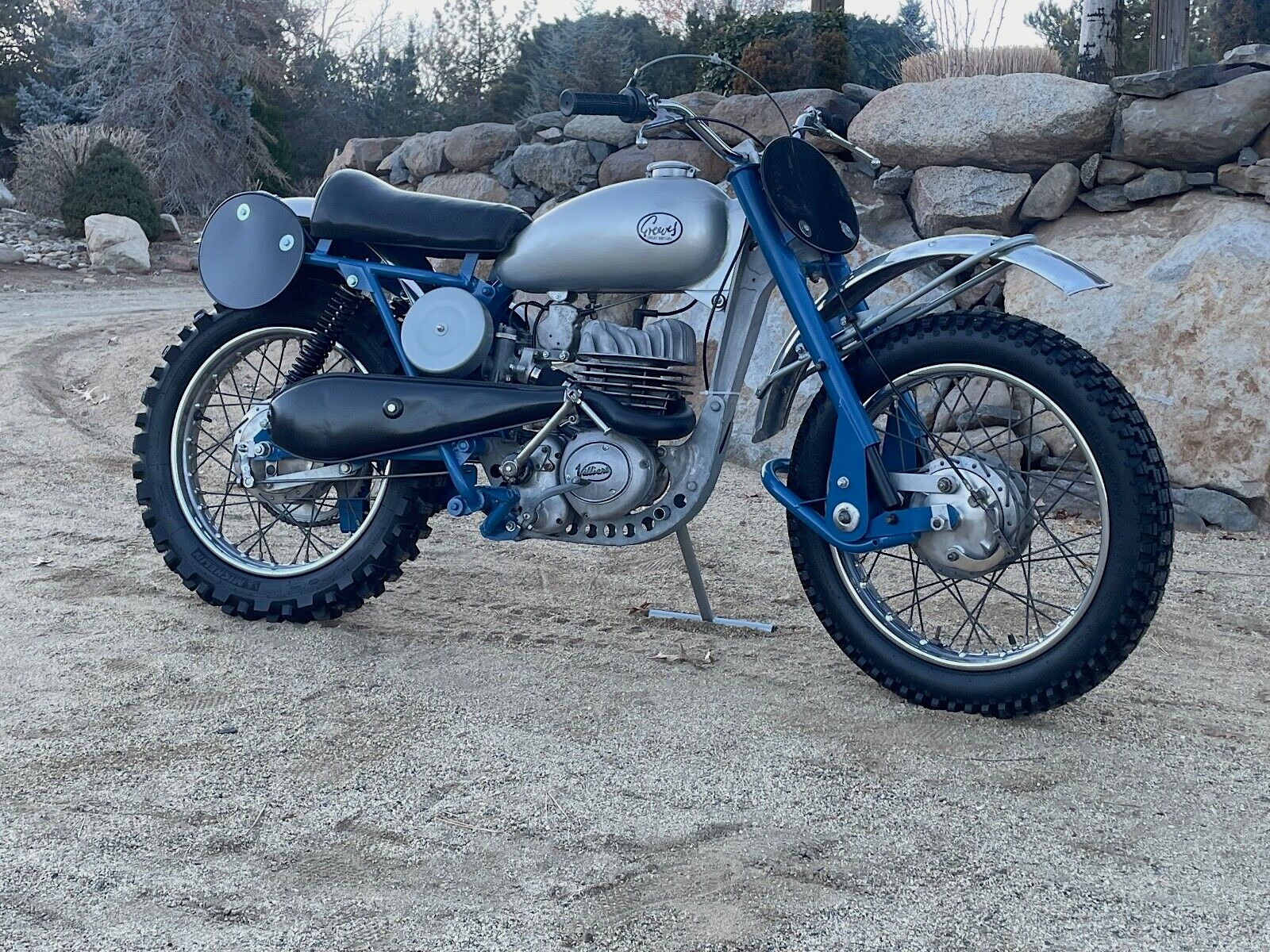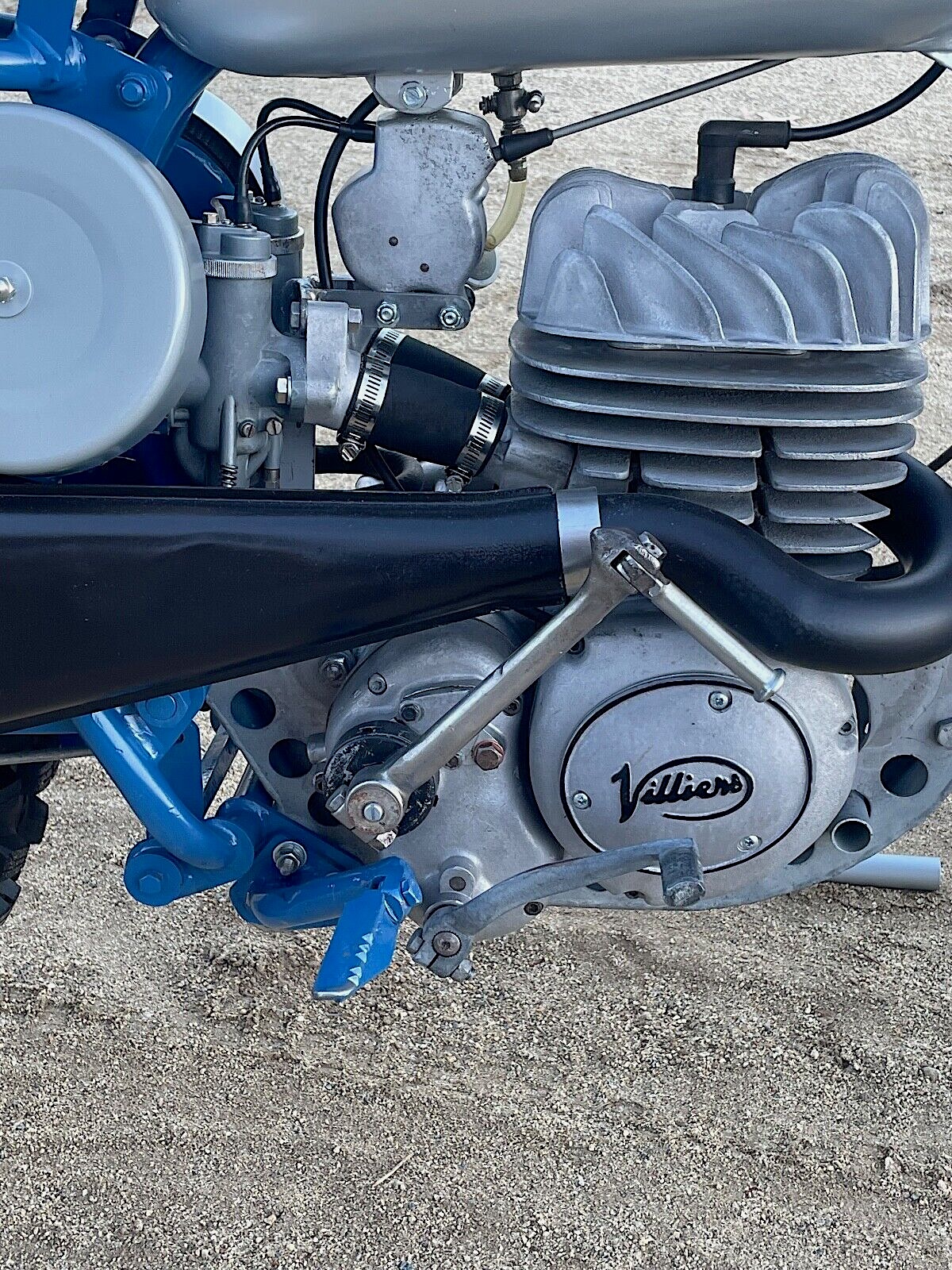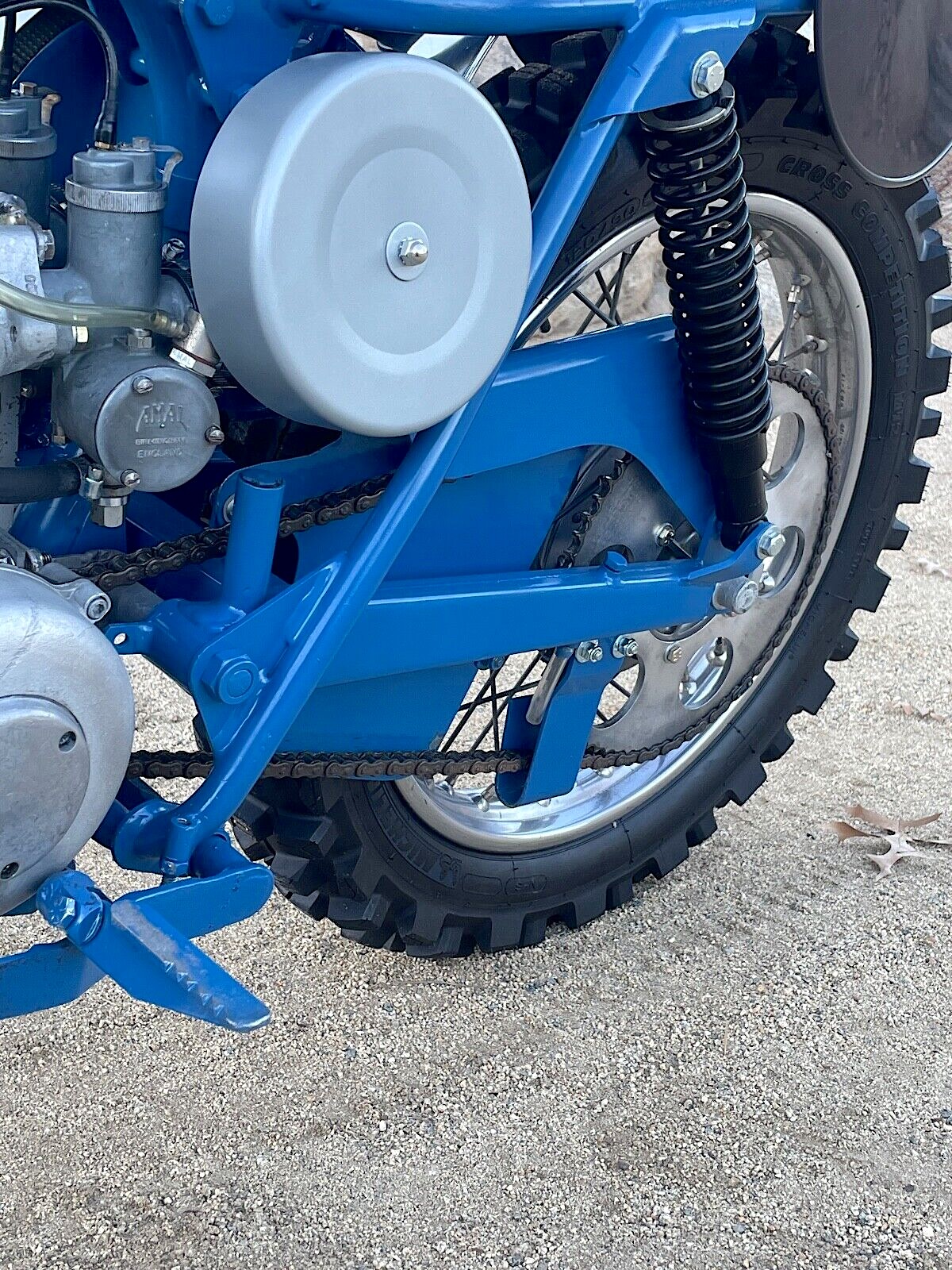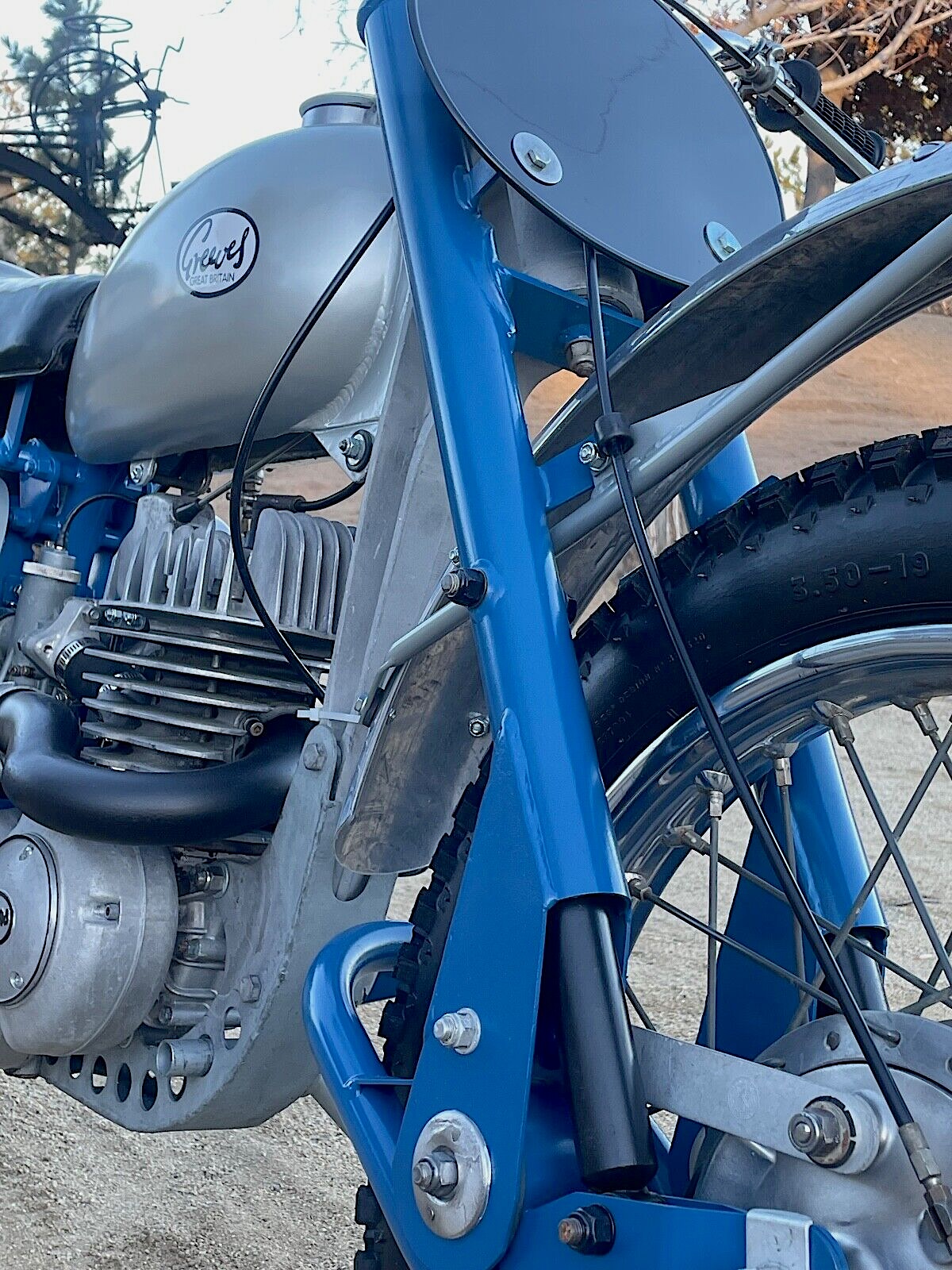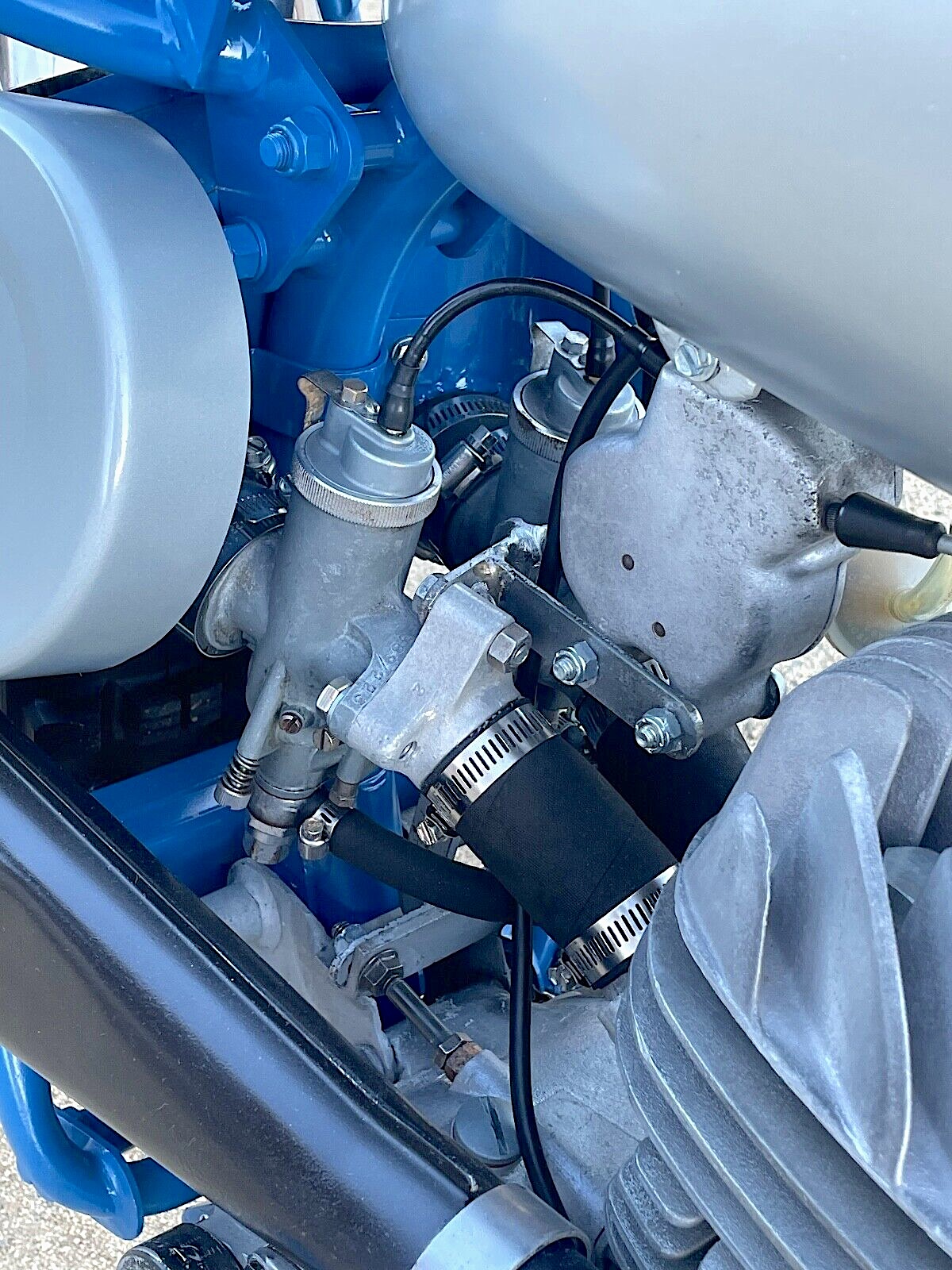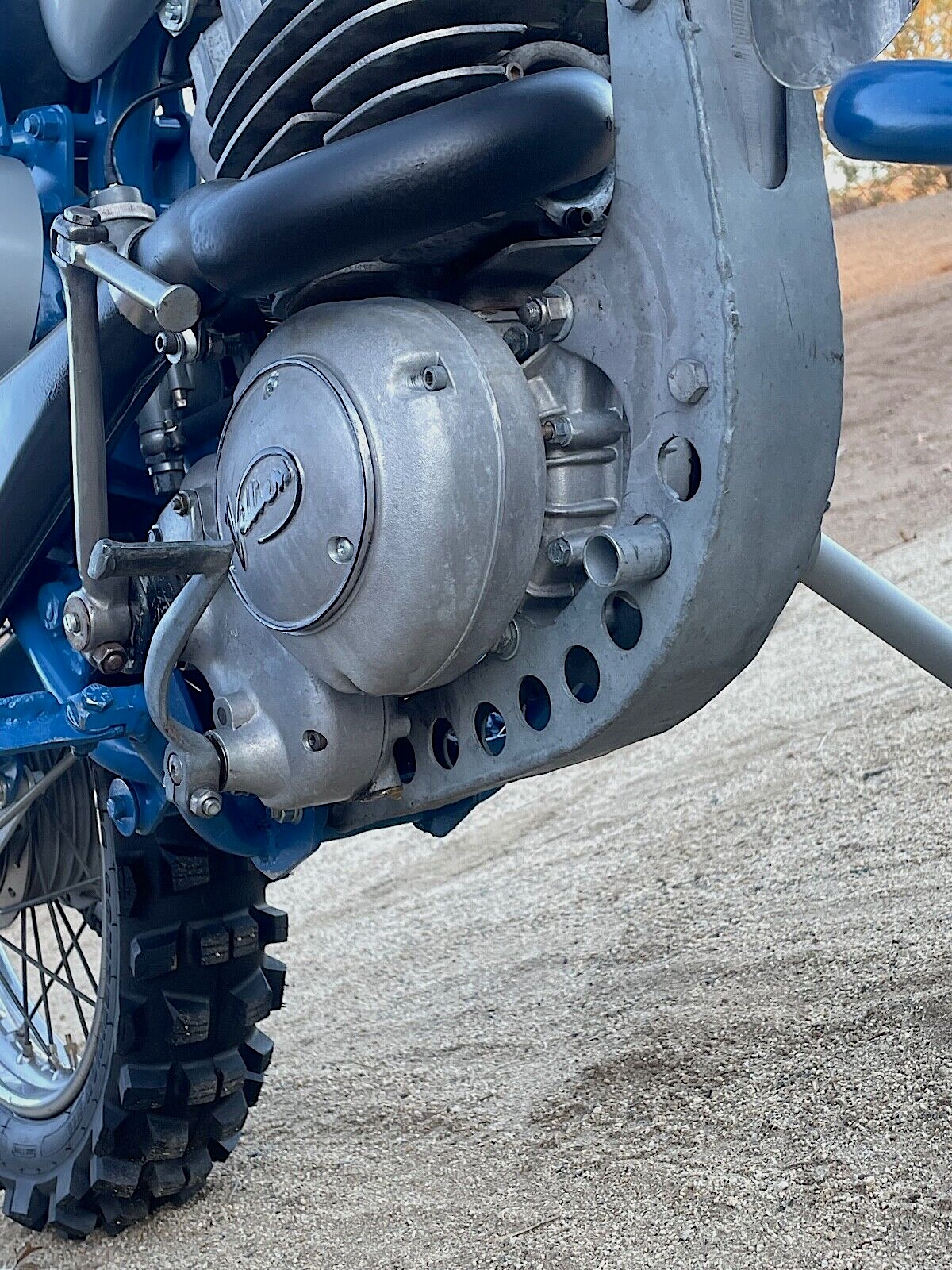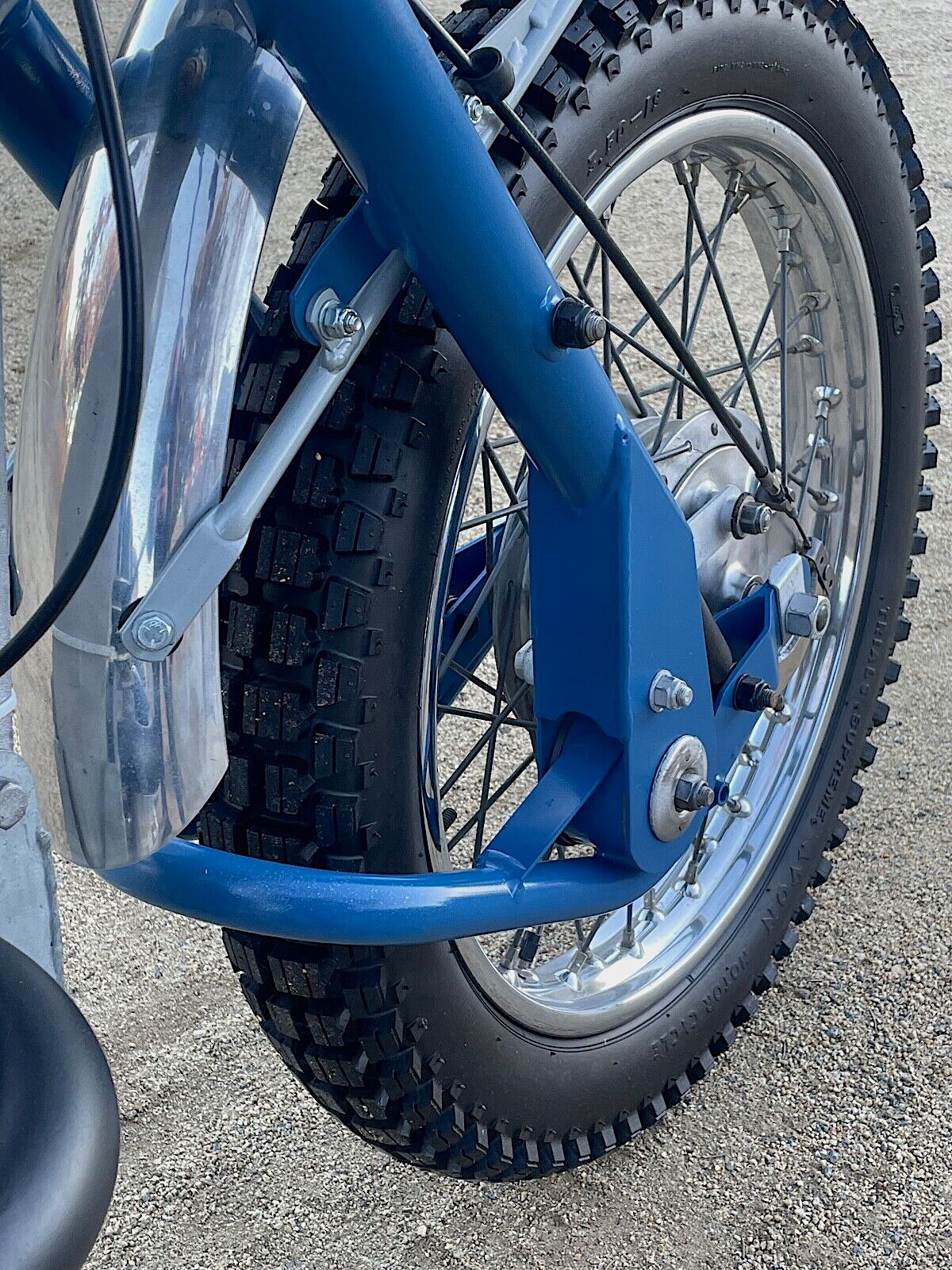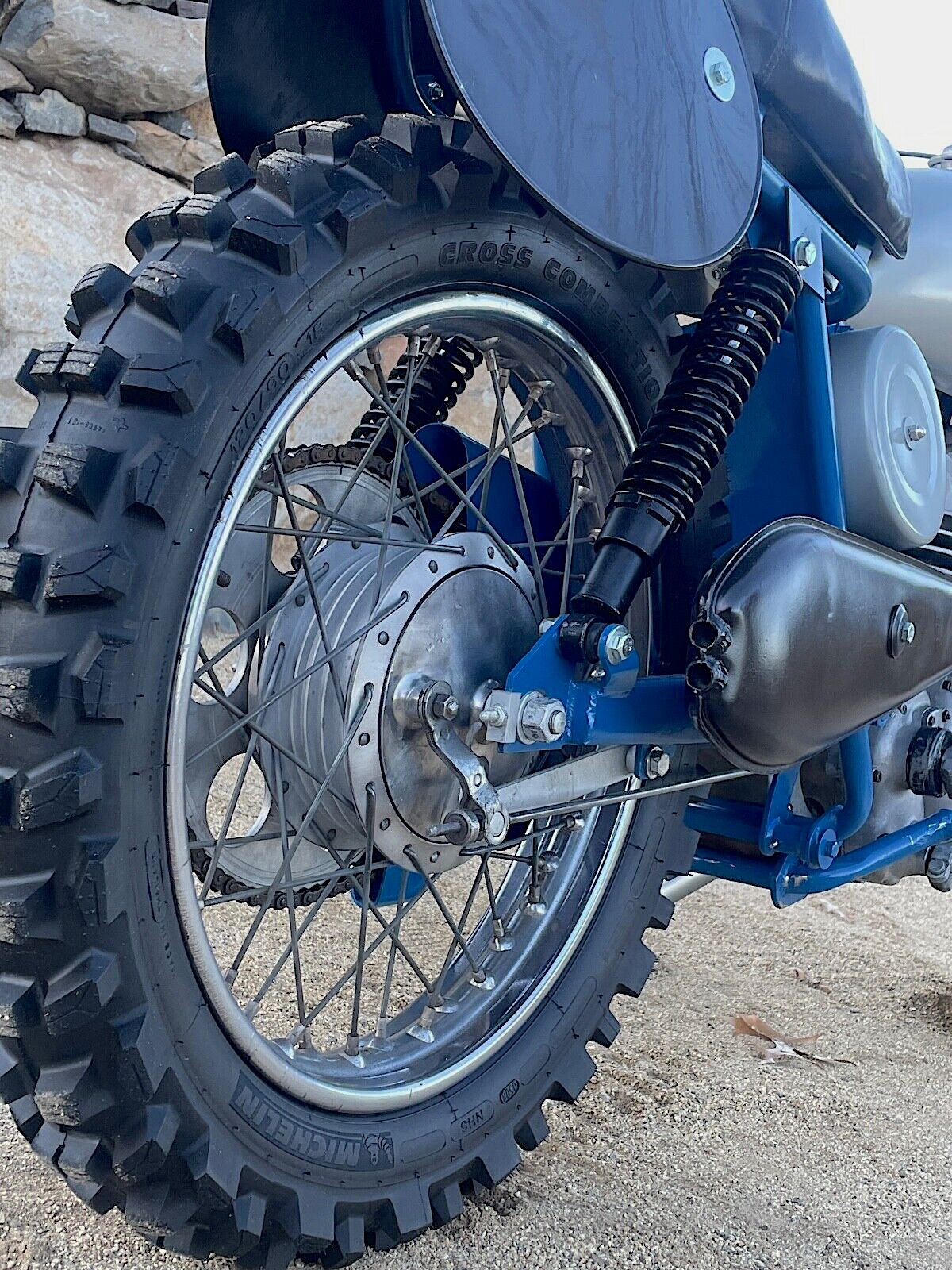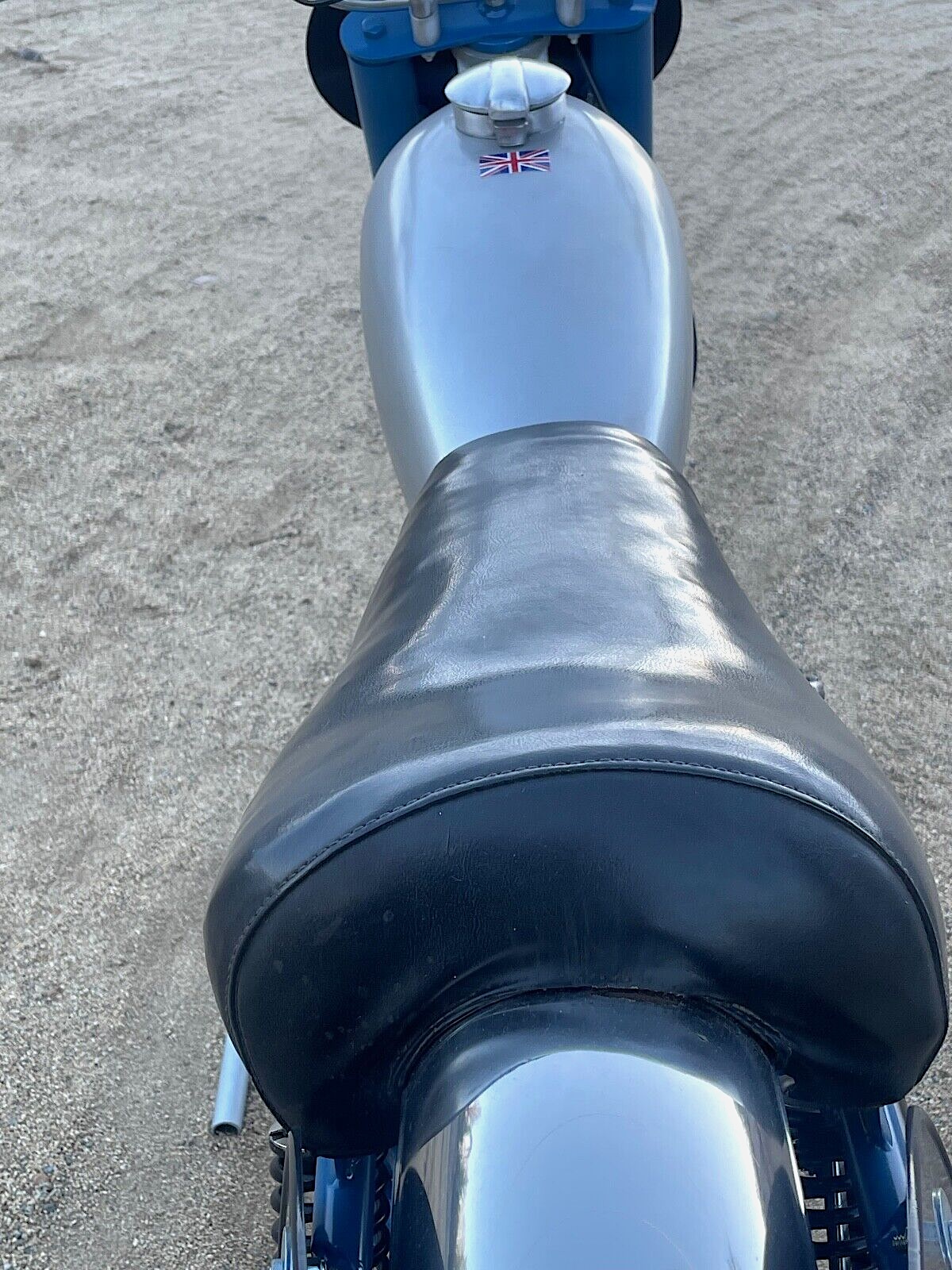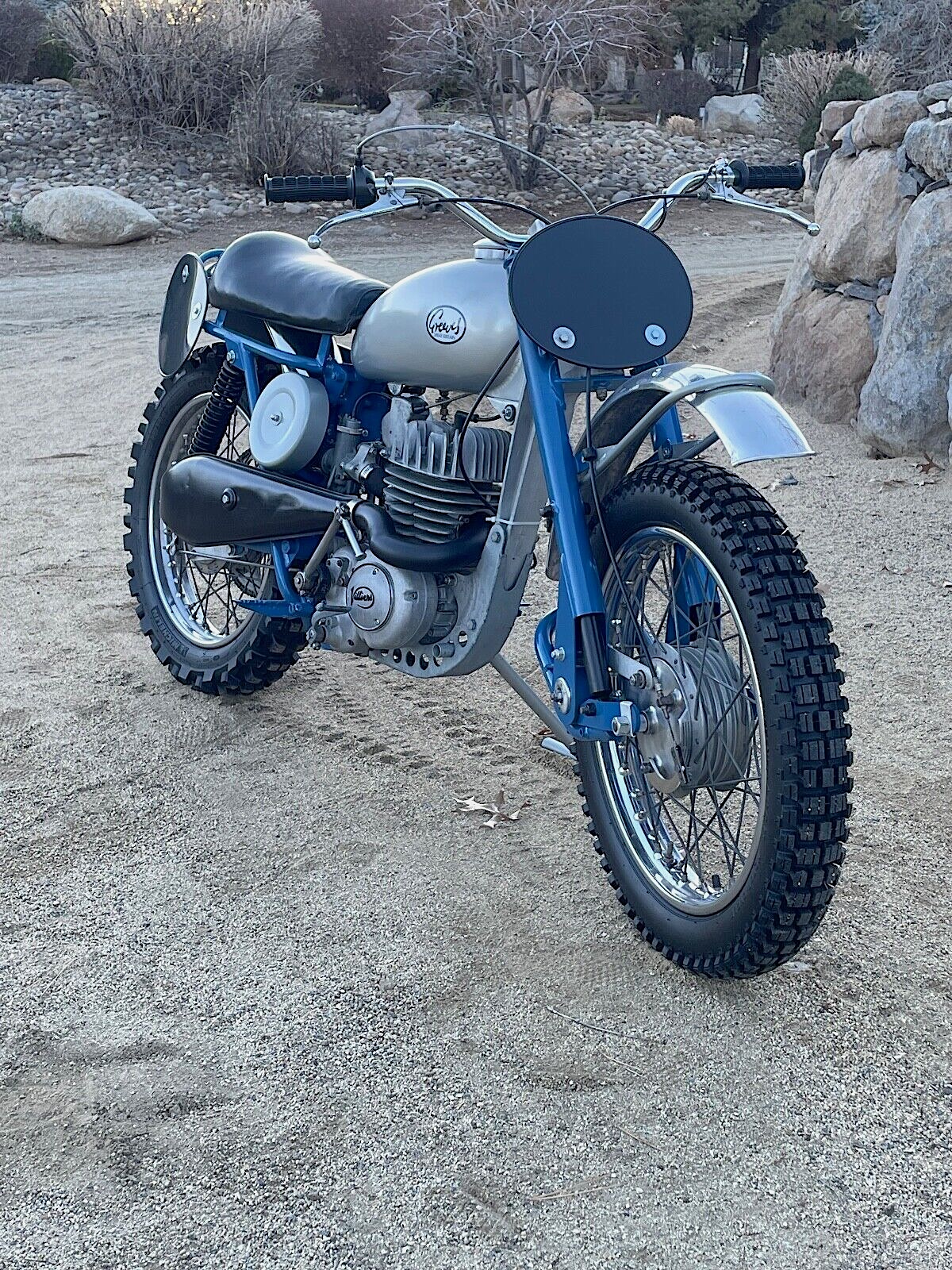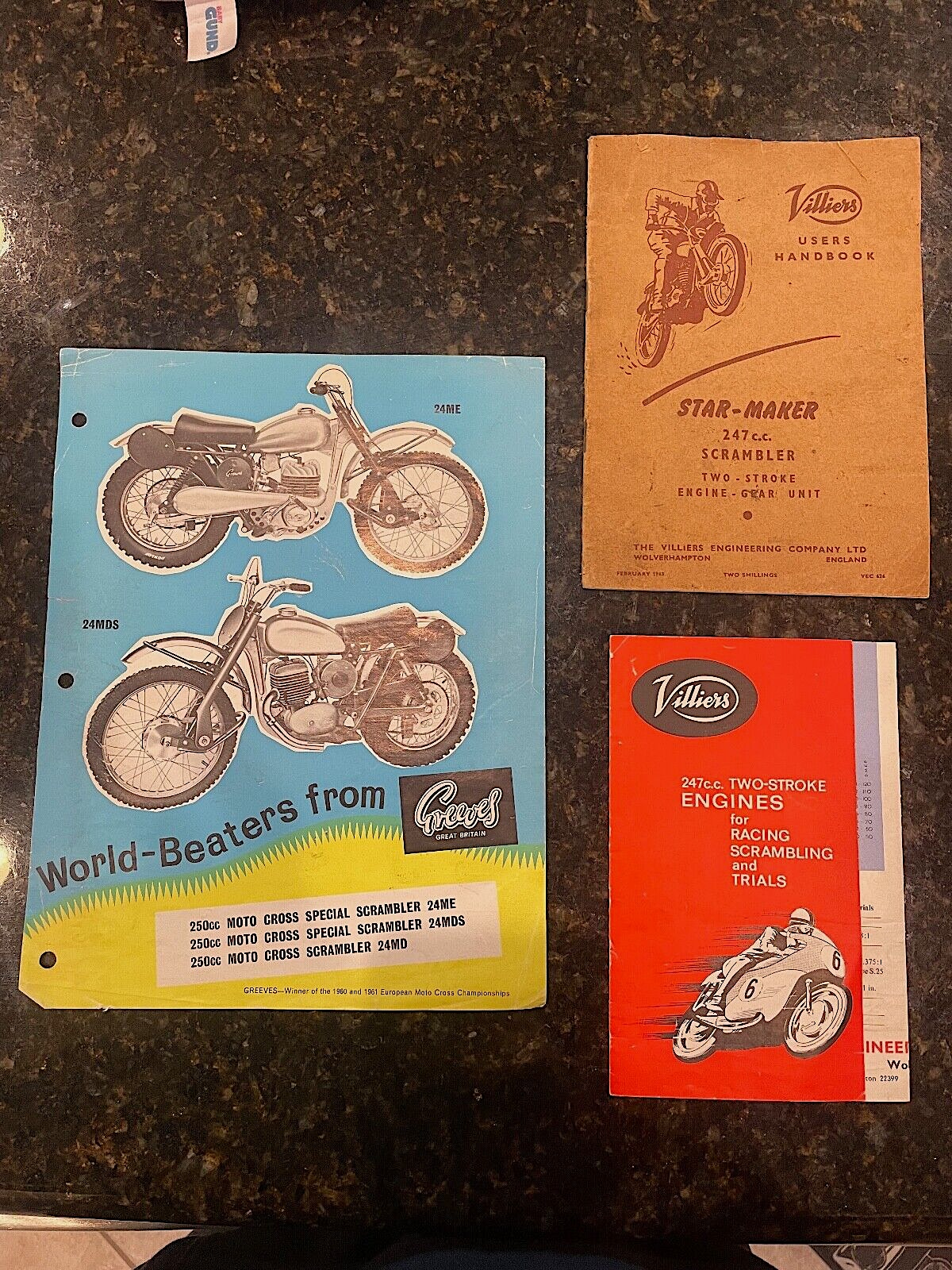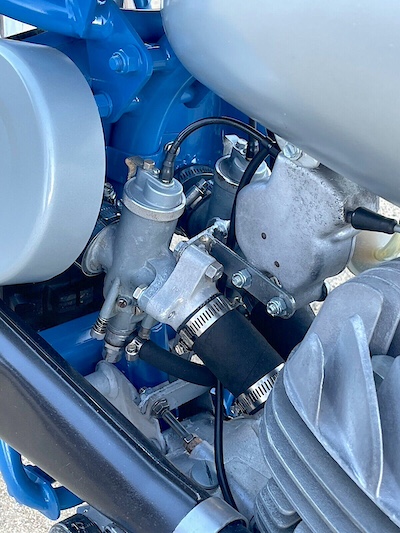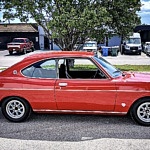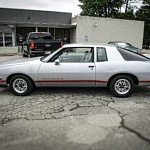Although relatively unknown today, Greeves was a UK manufacturer that produced bikes from 1953 to 1976 and exported them to the US. It also played a crucial role in the development of off-road biking in the US.
The Greeves Ranger—considered the first trials bike of its type—introduced the concept of a dual-purpose road and off-road competition machine. It was followed up by the Greeves Starmaker. This example currently for sale on eBay is probably one of only 20 existing models.
Shop now for dual-purpose motorcyclesLike many British manufacturers, Greeves was rocked by the emergence of Japanese bikes in the early 1970s. It didn’t fully recover and ceased trading in 1977. But up to that point, competition Greeves motorcycles earned silverware all over Europe.
Was It Successful?
In a word, no. For many years, Greeves had been using engines from Villiers Engineering, a motorcycle and cycle parts manufacturer based in Wolverhampton, England. Villiers was founded in the 1890s. It produced its first engine in 1912 and continued its output through two world wars.
However, by the early 1960s, Villiers’ tech was old hat. Greeves engineers considered using an in-house engine before Villiers made assurances that it could develop a new motor to keep pace with the competition. Despite a stronger crank, timing chain, clutch, and transmission, the new Villiers engine was unreliable and temperamental. Some owners claimed that their machines simply would not start.
The main issue was that the single-cylinder 247-cc engine was equipped with two carburetors, set up progressively with one carb opening after the other. The idea was to give better low-down grunt and top-end power. Unfortunately, it didn’t work.
Motocross Action Magazine summed it up well:
Starmaker 24ME production was only 89 units, as Greeves had little confidence in the design. Greeves only made a motocross model of the twin-carb Starmaker, but this would have been a better road race engine. Unfortunately, Greeves was right.
The machine was so bad that factory rider Dave Bickers switched to rival brand Husqvarna in the middle of the ’63 GP season. Many Greeves dealers couldn’t get the Starmaker to run, and customers demanded refunds. The twin-carb Starmaker was the end of the Greeves/Villiers relationship, and Greeves began manufacturing their own engines.”
Shop now for Greeves motorcyclessHow Rare Is It?
As Motocross Action Magazine accurately pointed out, Greeves produced just 89 Starmakers. Export numbers don’t exist, sadly, but it is likely that the lion’s share of these bikes made their way stateside. We can only speculate about how many are left. But probably fewer than 20 still exist anywhere.
This is good news for collectors because you can possess a very good, highly original, and incredibly rare piece of motorcycling history for a relatively modest outlay. What’s more, the owner claims that this machine has been running and riding. There’s no title, but that’s normal for competition bikes.
A swift inspection of the images suggests a highly original bike, still with its infamous dual Amal Monobloc carburetors and unusual (but highly effective) leading-link front forks present and correct.
So this isn’t a thing to take out and ride, at least not that much. And it’s not a major engineering triumph. But as a curious and rare conversation piece, the Starmaker is stellar.
Shop now for off-road motorcycles
